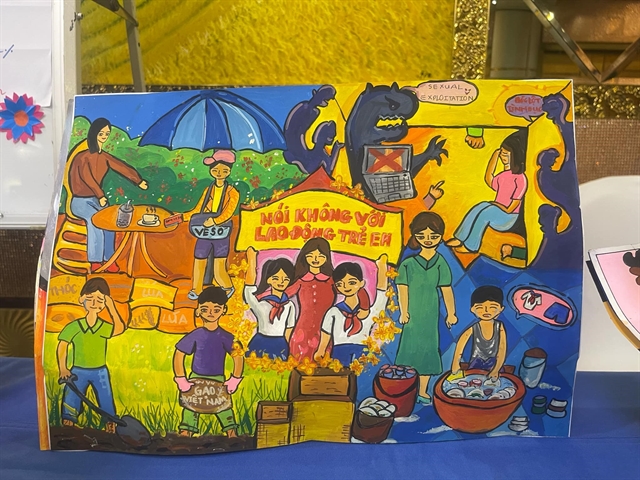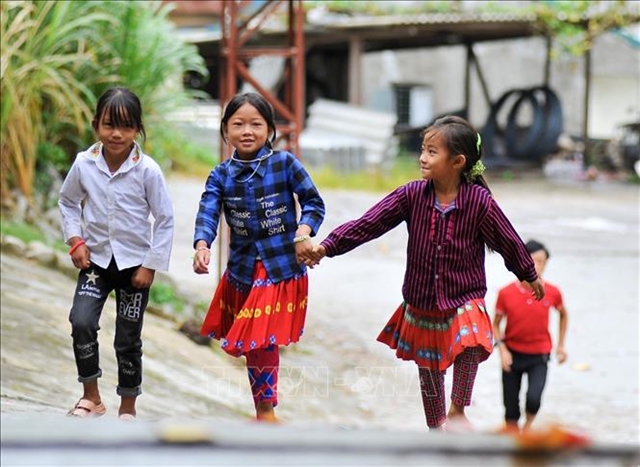 Society
Society

 |
| Children in the northern province of Hà Giang. — VNA/VNS Photo Nam Thái |
HÀ NỘI — Approximately 731,600 children are involved in Việt Nam’s workforce, with 84.6 per cent of them residing in rural areas, a recent survey shows, prompting calls for a review of education, vocational training and social welfare policies.
Most of the working children are in the informal sector, which makes detection and intervention difficult, according to the Department of Child Affairs under the current Ministry of Labour, Invalids and Social Affairs (MoLISA).
The impacts of diseases, natural disasters, climate change and inadequate child labour prevention measures have also led to increasing poverty and job losses, as well as larger numbers of street children and higher drop-out rates.
A recent national survey on child labour shows that about 3.5 per cent of Việt Nam’s children are working, which means that for every 100 children aged between five and 17, nearly four are engaged in child labour.
The survey, which was conducted in 2023, showed the rate of child labour has decreased by 5.6 percentage points compared to the previous round of the survey in 2018, when the figure stood at 9.1 per cent.
This decline represents Việt Nam’s ongoing efforts to increase school attendance rates, economic growth and employment and reduce poverty.
Among the children in the labour force, 52.7 per cent live in the northern mountains or the north-central and central coastal regions.
The mountainous northern region has the highest rate of working children in the country, with about seven in every 100 children engaged in child labour. Meanwhile, this figure is the lowest in the Red River Delta, with less than 1 per cent.
More than two thirds (70.6 per cent) of working children are between 15 and 17 years old. This rate is 23.8 per cent for children aged 12 to 14 and 5.6 per cent for children aged five to 11.
The average monthly income for working children is about VNĐ3 million (US$120) per person, compared to that of workers aged 15 and above (VNĐ7.1 million, or $280).
This data shows that on average, children receive modest compensation for their work, while engaging in labour from a young age deprives them of the opportunity to study and gain better knowledge for their future, said Nguyễn Thị Thanh Mai, deputy director of the Population and Labour Statistics Department under the General Statistics Office (GSO).
Moreover, child labour also negatively affects their health and development, she added, emphasising the necessity to gradually eliminate child labour.
Việt Nam’s population is now over 100 million people, making it the 16th most populous country in the world.
The Southeast Asian nation is also in its ‘golden population period,’ with 67.4 per cent of the total population in the working age group of 15-64, a crucial resource for its strong and sustainable development.
The number of children aged 5-17 in Việt Nam is approximately 21 million, accounting for about 20.6 per cent of the total population.
The national survey on child labour aims to provide a comprehensive view of working children in Việt Nam in the 2012-2023 period, with data on child population, the scale and rates of children engaging in labour, their school attendance and health issues.
GSO director-general Nguyễn Thị Hương said that the survey results are a valuable resource for the Party, Government, ministries and local authorities to develop and implement policies that aim to prevent and minimise child labour.
This data is also the basis for further research and actions to provide better care for child development, ensuring that Vietnamese children enjoy a happy childhood to better develop the country's future generations, she added. — VNS









